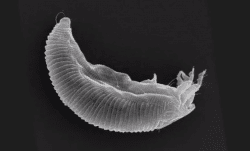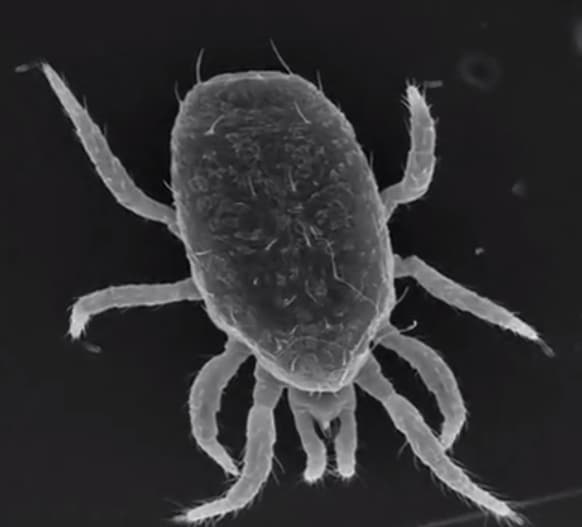Microscopic mites living on leaves in the canopies of our forests can have a big impact on a forest, sometimes bigger then the impact of moose or deer. That’s why a research team investigated mites at Haliburton Forest in 2012.
In the summer of 2012 approximately 30 research projects were conducted by various researchers at Haliburton Forest. The project introduced in the video below was investigating the wondrous world of gall-mites, very small, sucking insects!

These tiny mites, some hardly visible with a magnifying glass, have their own world on every single leaf. There they impact the photosynthesis of their home leaf to a degree, where the presence or absense of certain mite species may result in a 20, 30 or even 40% increase or reduction in photosynthetic activity. Obviously this has tremendous consequences on the entire forest environment, which is why we refer to the little critters as “the Mighty Mites“!
Enjoy the short 3 minute video below, which was produced by the Royal Ontario Museum in collaboration with the researcher Jessica Stokes while she was working on this project for the University of Toronto:
Swinging above the clouds: Tree Mites from Elaisha Stokes on Vimeo.
If you thought your job was tough, try being an Entomologist that studies Tree Mites. Watch Jessica Stokes dangle off ropes, hundreds of feet in the air, as she studies these microscopic creatures of the forest canopy.


